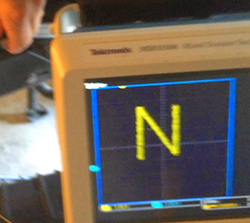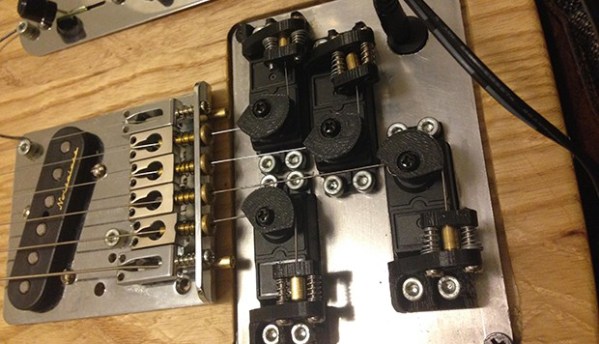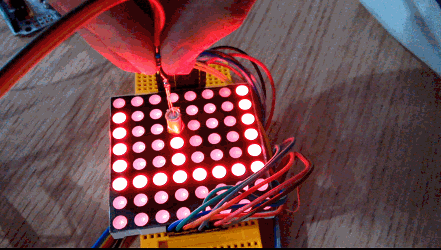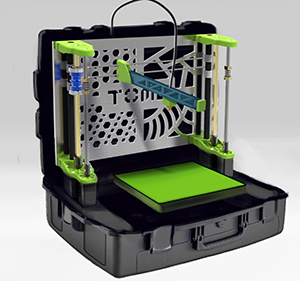
While [Rob] was digging around in his garage one day, he ran across an old Commodore 64 cartridge. With no ROM to be found online, he started wondering what was stored in this ancient device. Taking a peek at the bits stored in this cartridge would require dumping the entire thing to a modern computer, and armed with an Arduino, he created a simple cart dumper, capable of reading standard 8k cartridges without issue.
The expansion port for the C64 has a lot of pins corresponding to the control logic inside these old computers, but the only ones [Rob] were really interested in were the eight data lines and the sixteen address lines. With a little bit of code, [Rob] got an Arduino Mega to step through all the address pins and read the corresponding data at that location in memory. This data is then sent over USB to a C app that dumps everything in HEX and text.
While the ROM for just about every C64 game can be found online, [Rob] was unlucky enough to find one that wasn’t. It doesn’t really matter, though, as we don’t know if [Rob] has the 1541 disk drive that makes this cart useful. Still, it’s a good reminder of how useful an Arduino can be when used as an electronic swiss army knife.


 A few years ago, [Pat] sent in
A few years ago, [Pat] sent in 

 Alright, 3D Printers exist. They’re machines you can simply buy for a few hundred dollars, set them on your desk, and have them start churning out plastic parts. A little pedestrian, isn’t it? How about something you can take into the field for a client, and print out some new parts right there? How about sending a printer to the latest humanitarian crisis? After all, all those humanitarian uses for 3D printers we’ve been hearing about won’t do any good without a 3D printer.
Alright, 3D Printers exist. They’re machines you can simply buy for a few hundred dollars, set them on your desk, and have them start churning out plastic parts. A little pedestrian, isn’t it? How about something you can take into the field for a client, and print out some new parts right there? How about sending a printer to the latest humanitarian crisis? After all, all those humanitarian uses for 3D printers we’ve been hearing about won’t do any good without a 3D printer.









